NHK TV Shows
438 shows • Page 20 of 22
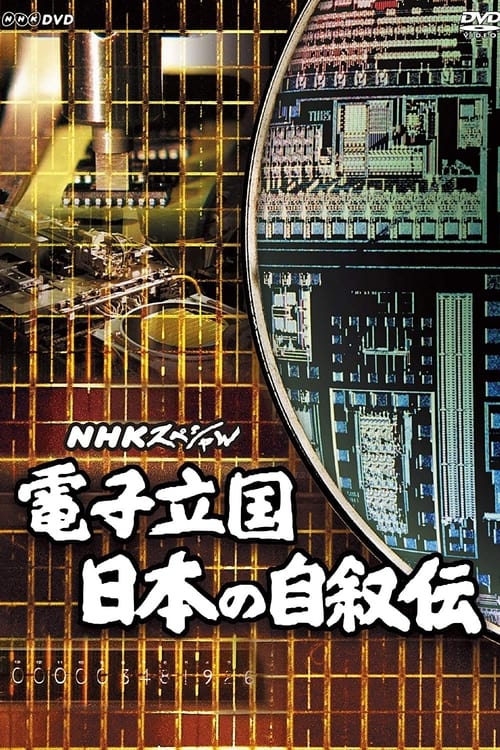
電子立国 日本の自叙伝
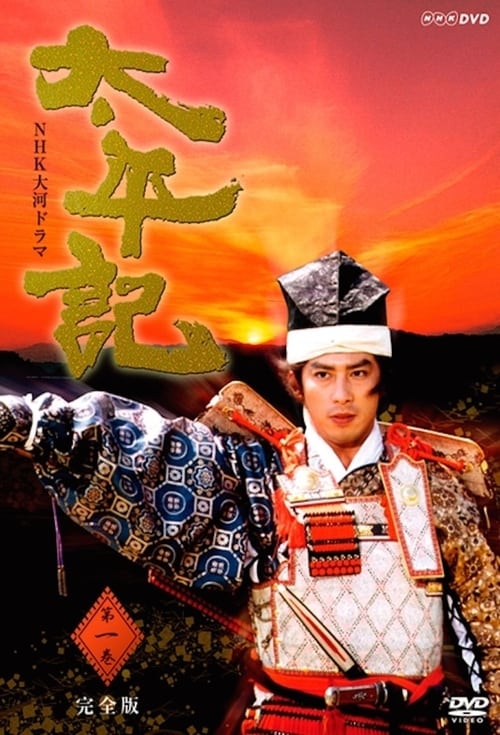 0
0Taiheiki
The drama centers on Ashikaga Takauji's rise to power, overthrowing the Kamakura shogunate and eventually establishing the Ashikaga shogunate.
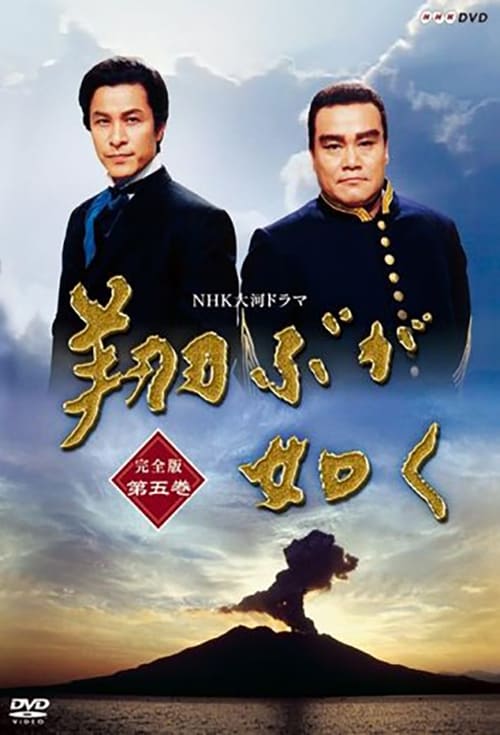
As If In Flight
Historical drama about the life of Saigō Takamori and his involvement with the Meiji Restoration.
 0
0Hana no Furu Gogo
Television drama.

NHK Special
An NHK flagship program, centered around a diverse range of documentaries, delves into the dynamic shifts of society, politics and history, as well as the breathtaking wonders of the natural world.
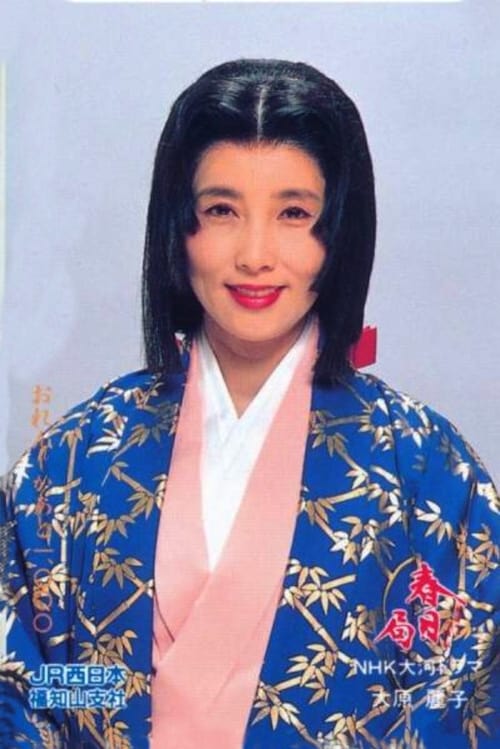 0
0Kasuga the Court Lady
This is the story about the a very powerful Lady Kasuga who established Ooku the inner palace.
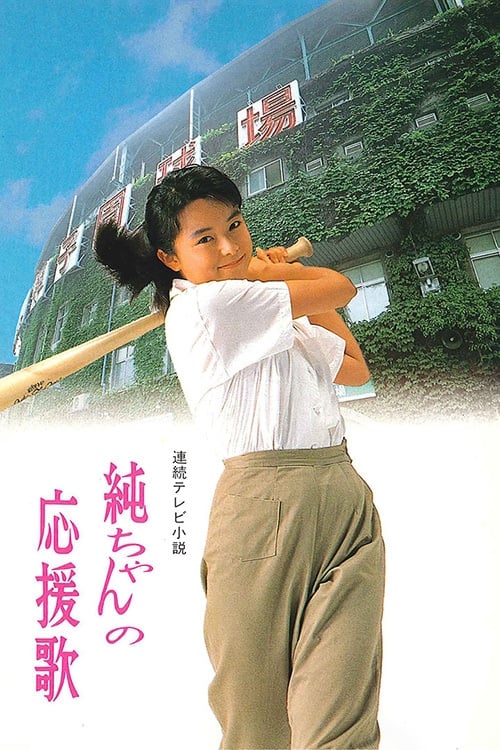 0
0Jun-chan's Cheering Song
The year is 1947, August. Ono Junko's family is being evacuated to Wakayama and the father is going to war. A few years later, the father has returned from Manchuria but he also brought a boy that had been abandoned by his mother. The boy is Yuta and the family will adopt him.
 0
0Just Pop Up
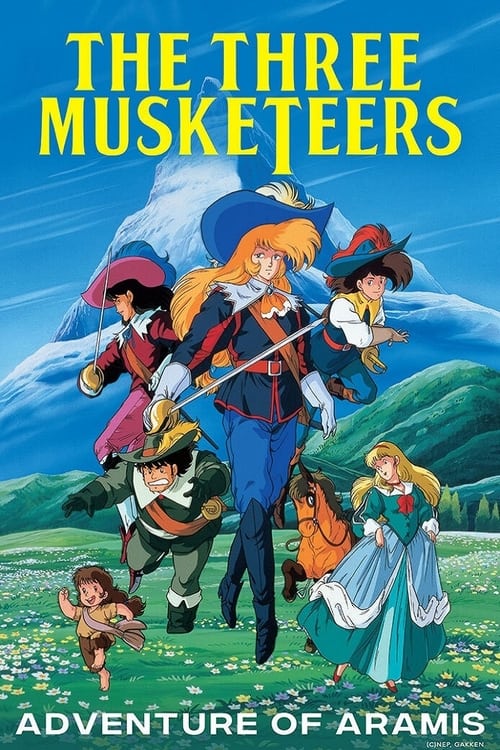
The Three Musketeers
D'artagnan leaves Gascone and his grandparents to go to Paris to be a musketeer like his father was...
 0
0The Miracle Planet
An exploration of the unique combination of events and forces that have formed our planet.
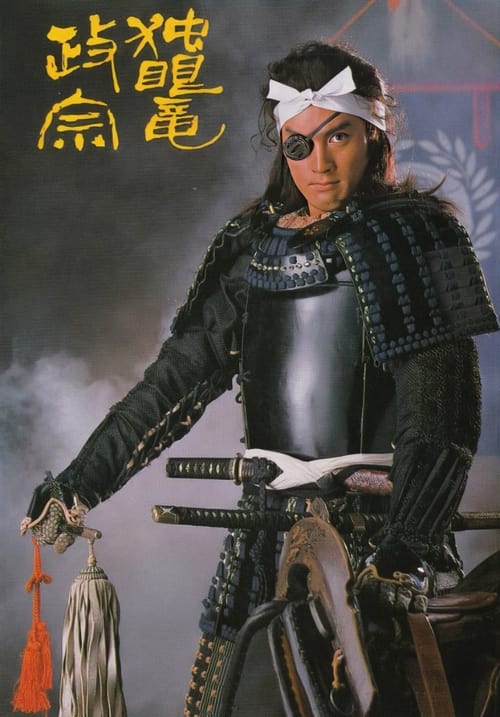
Masamune Shogun
Broadcast TV drama NHK broadcast on January 4 to December 13, 1987 (Showa 62). In the questionnaire survey conducted by NHK, it is shining in the most favorite river drama. The original is Yamaka Sosaichi's novel "Date Masamune", the biggest drama on the theme of the Date house was the first time in 17 years since the "Shinnogi remained" (1970), which painted Datejo in the Edo period. It depicts the life of Matsudo Date of Sengoku warrior · Date Masamune who built the foundation of Sendai clan 620,000 stones in his generation as a result of my own wisdom and talent.
 0
0ヤングスタジオ101
 0
0The Yellow River
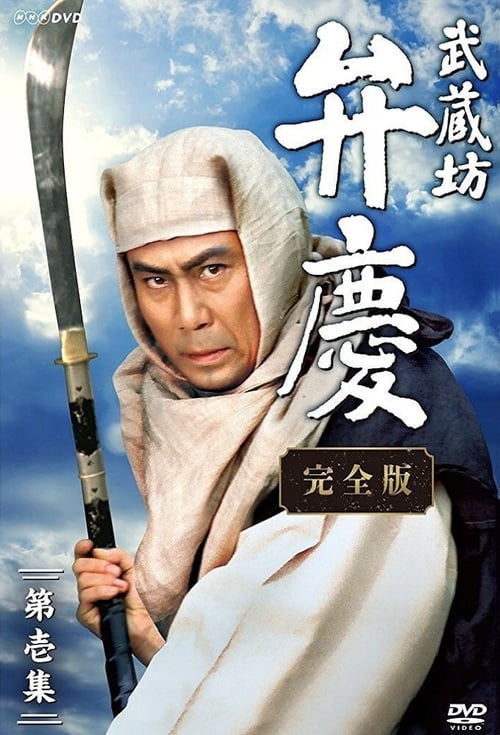 0
0Musashibo Benkei
After being carried in his mother’s womb for three years, Benkei is born with long hair and teeth and the body of a small child. It is said that he immediately laughed and commented on the brightness of the outside world, leading local people in his native Kii (modern Wakayama) to proclaim that he is a devil. Abandoned on a mountainside, he is adopted by Dainagon, a Kyoto resident who rears him until age seven when he leaves to become a monk. Thrown out of the monastery for his violent behavior, Benkei wanders Japan in search of enlightenment, though only trouble seems to find him. After accidentally causing a temple to burn down, he decides to begin a quest to defeat 1,000 of the hated Heike samurai in battle and donate their swords to a temple. Obtaining the first 999 swords proves relatively easy but the final weapon belongs to Yoshitsune, a young boy whose appearance belies his great skill as a warrior.
 0
0Inochi
The drama begins in August 1945, three days after the end of the Pacific war. A freight train completely jam-packed with passengers heads for Aomori from devastated Tokyo. On the train is Takahara Miki and her sister Sachi. Miki and Sachi are the daughters of a wealthy landlord living in a village in the Tsugaru area in Aomori prefecture, but they have been living in Tokyo since before the war to attend school. After seeing her village does not have a doctor, Miki is determined to become a rural doctor.
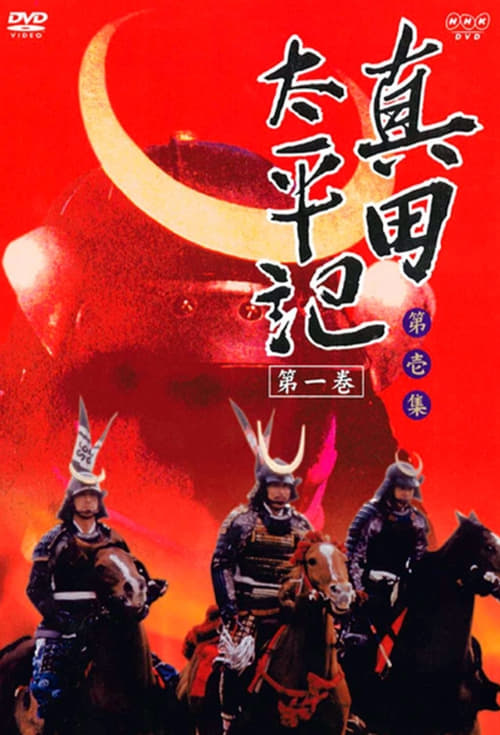
Sanada Taiheiki
The drama tells the story of the Sanada family. Originally serving the Takeda Clan they ruled the northern district of Shinano. The story begins right after the death of Takeda Shingen, continues through the rise of Tokugawa Ieyasu who founded the Tokugawa shogunate and covers roughly the period 1580-1610.
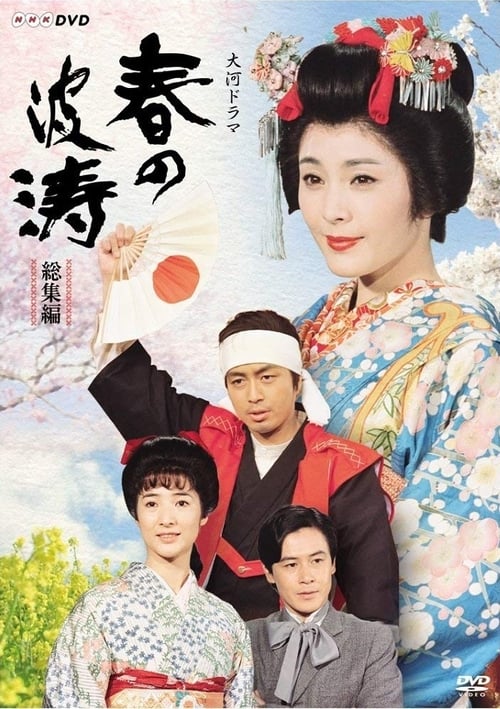 0
0Waves of Spring
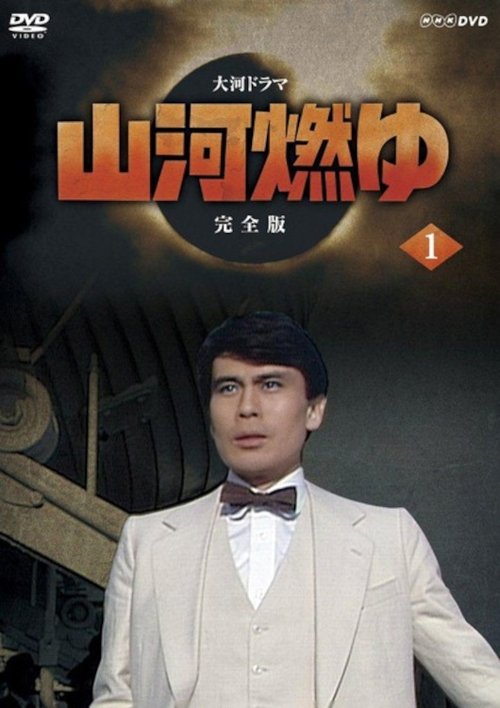 0
0Burning Mountain River
The three Amaba brothers are second-generation Japanese Americans, whose allegiances are torn by the bombing of Pearl Harbor. Determined to show his loyalty to his adopted country, Isamu volunteers for the U.S. Army and is shipped off to fight in Europe. A second brother, studying in Japan at the outbreak of hostilities, is conscripted to fight against the Americans as a Japanese soldier. The third brother Kenji (Matsumoto) avoids conflict by enlisting as a military interpreter, in which capacity he witnesses the war crimes trials that followed Japan's defeat.
 0
0Kojika Monogatari
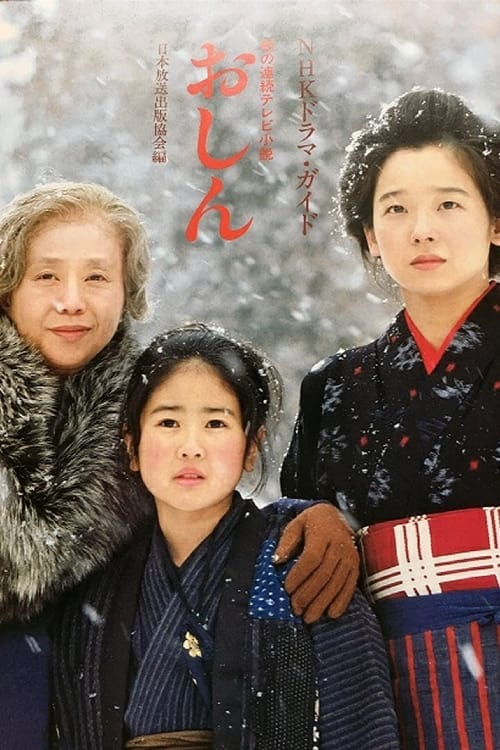
Oshin
Oshin is a Japanese serialized morning television drama, which aired on broadcaster NHK from April 4, 1983 to March 31, 1984. The series follows the life of Shin Tanokura during the Meiji period up to the early 1980s. Shin was called "Oshin", which is an archaic Japanese cognomen.
